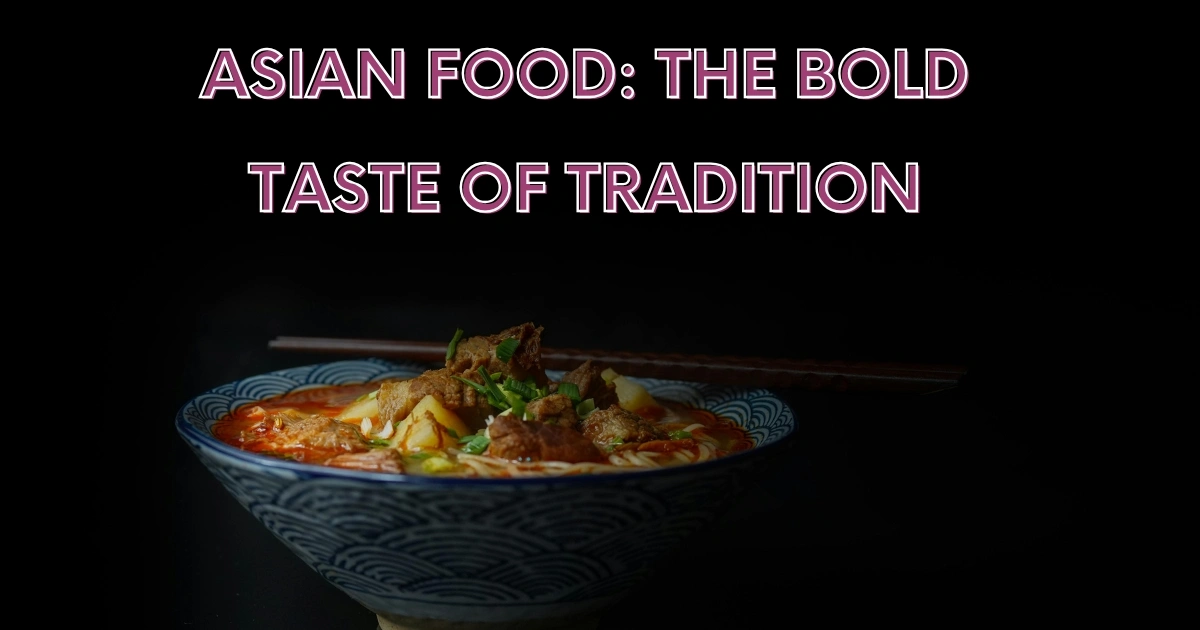Table of Contents
Introduction:Asian Food
Have you ever wondered why a simple bowl of noodles can taste so different depending on where in Asia it’s made?
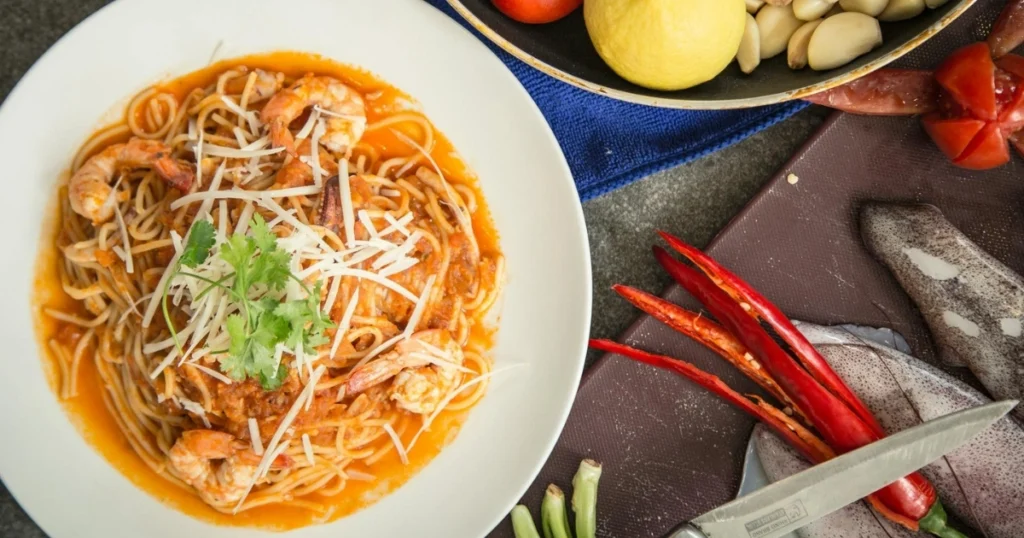
From the tangy kick of Korean kimchi to the delicate balance of flavors in Japanese sushi, Asian food offers an incredible variety that reflects centuries of tradition and innovation. Let’s embark on a culinary journey through some of the most vibrant and diverse cuisines in the world!
The Rich Diversity of Asian Cuisine
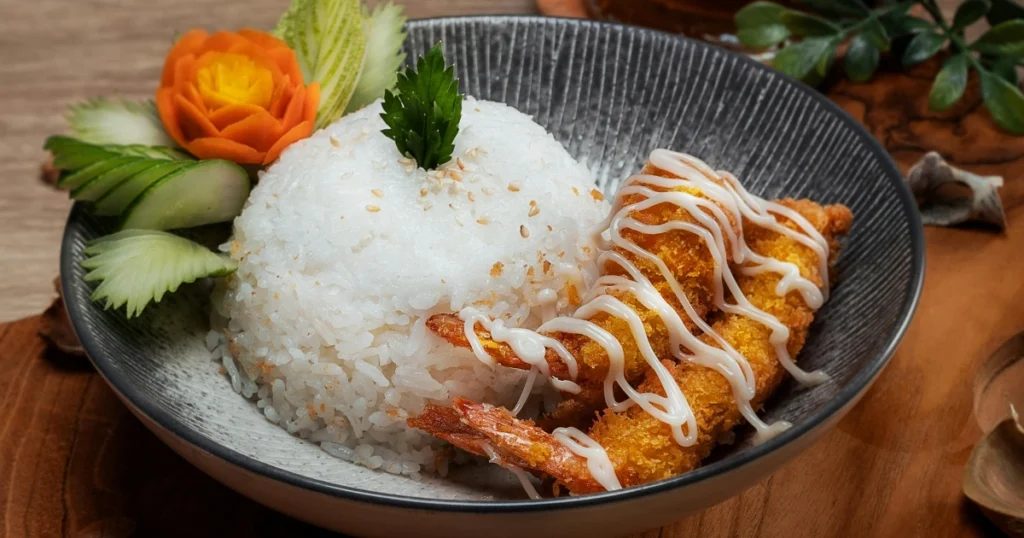
Asian cuisine is as vast and varied as the continent itself, encompassing everything from spicy curries in India to delicate dumplings in China. What makes Asian food special is its ability to blend local ingredients with time-honored techniques, creating dishes that are both comforting and exciting. Key characteristics include bold flavors achieved through spices, herbs, and sauces; staples like rice and noodles; and cooking styles such as stir-frying, steaming, and grilling.
Popular Dishes Across Asia
Let’s take a closer look at some iconic dishes from across Asia:
Sushi (Japan):
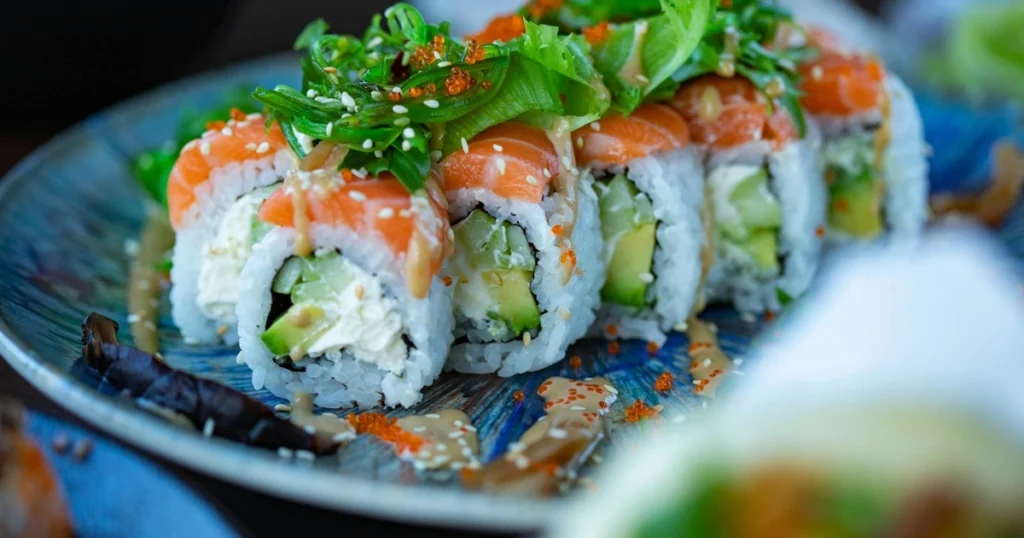
This dish features vinegared rice paired with fresh fish or vegetables, often wrapped in seaweed. It’s a testament to Japan’s emphasis on freshness and presentation.
Pho (Vietnam):
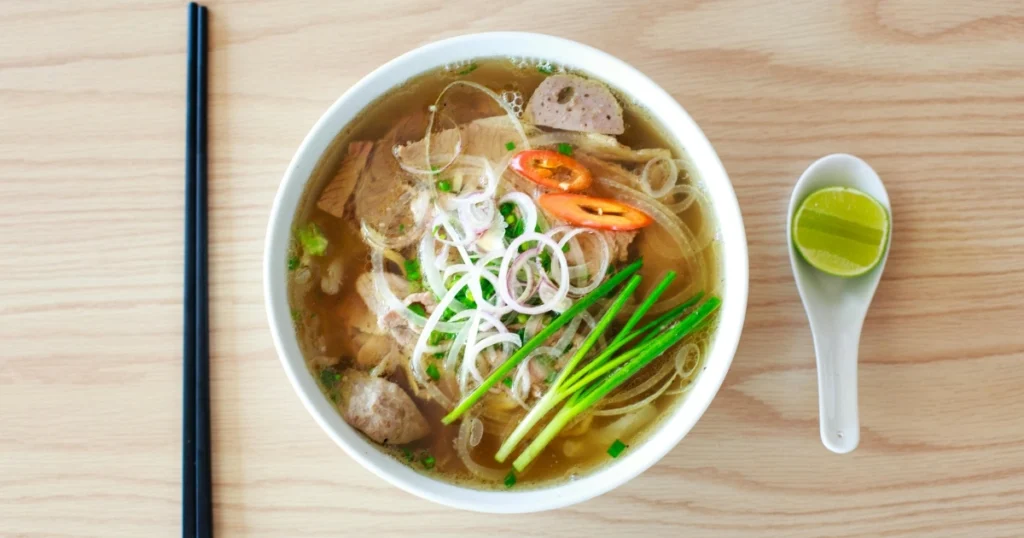
A fragrant noodle soup made with beef or chicken broth, served with rice noodles, herbs, and your choice of meat. Pho is more than just a meal—it’s comfort in a bowl.
Dim Sum (China):
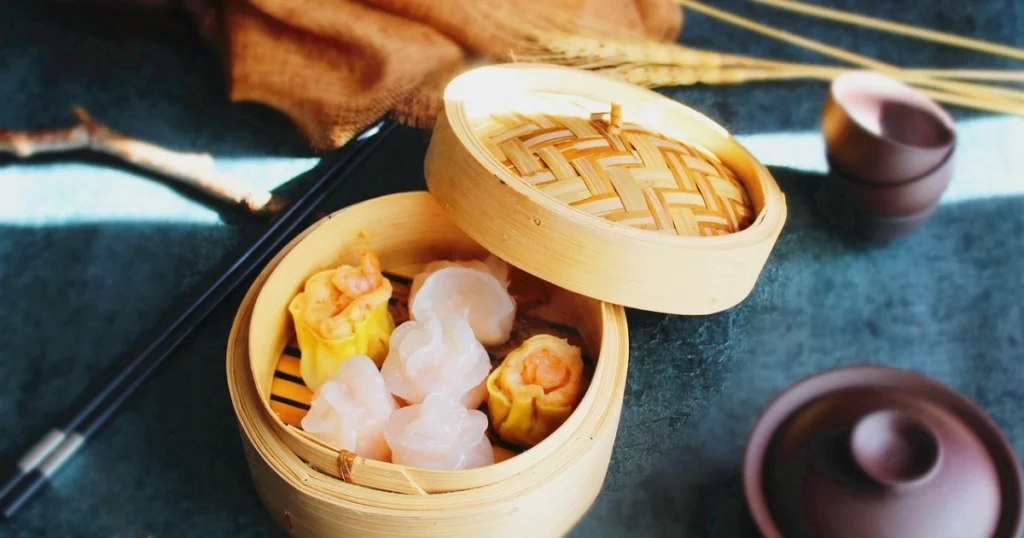
Originating from southern China, dim sum includes small portions of food like dumplings, buns, and rolls, traditionally enjoyed during brunch with tea.
Pad Thai (Thailand):
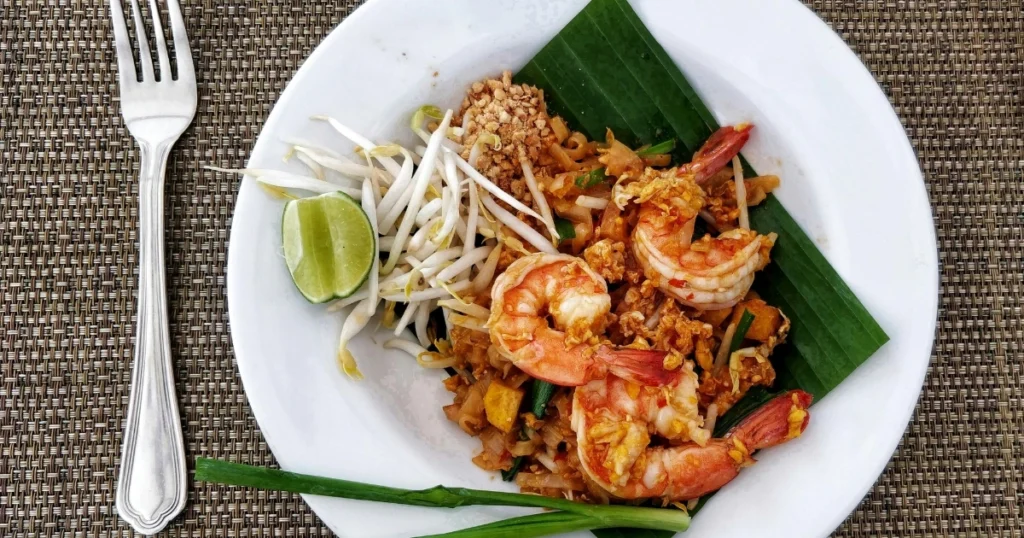
Stir-fried rice noodles tossed with tamarind paste, fish sauce, eggs, and bean sprouts, this dish is sweet, sour, salty, and savory all at once.
Key Ingredients in Asian Cuisine
Essential ingredients form the backbone of Asian cooking. Soy sauce, for instance, adds depth and umami flavor to countless dishes . Rice and noodles serve as versatile bases, while spices like five-spice powder and fresh herbs like cilantro bring life to recipes. If you’re unable to find traditional ingredients locally, consider substitutes like tamari instead of soy sauce for gluten-free options or nutritional yeast for vegetarian versions of fish sauce .
Asian Food:Culinary Techniques
Cooking methods play a crucial role in shaping the flavors and textures we associate with Asian cuisine. Stir-frying quickly cooks ingredients over high heat, preserving their color and crunch. Steaming keeps foods light and healthy, while grilling imparts smoky notes. Fermentation, used in making kimchi and miso, not only preserves food but also enhances its nutritional value .
Street Food Culture
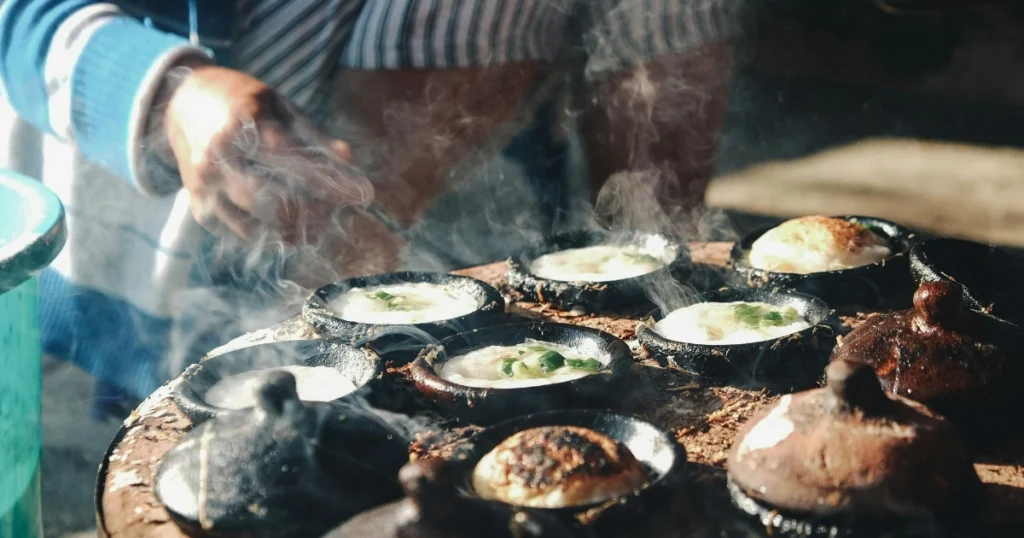
No discussion of Asian food would be complete without mentioning street food. In Thailand, vendors sell mango sticky rice a perfect combination of sweetness and chewiness. Meanwhile, Indian chaat carts offer crispy snacks topped with chutneys and spices. These mobile kitchens provide affordable yet delicious meals that reflect local culture and history.
Regional Differences
While there are common threads throughout Asian cuisine, significant differences exist between regions. North Asian countries like China and Japan tend to focus on subtlety and simplicity, using fewer spices compared to South Asian nations known for their bold and complex flavors. Coastal areas rely heavily on seafood, whereas inland regions might emphasize meats and grains .
Health Benefits of Asian Cuisine
Traditional Asian diets prioritize whole, unprocessed foods rich in nutrients. Fresh vegetables, lean proteins, and fermented products contribute to balanced nutrition. Additionally, many spices used in Asian cooking possess medicinal properties turmeric, for example, has anti-inflammatory effects.
Best Places to Experience Authentic Asian Food
When it comes to experiencing the best of Asian cuisine, there are numerous destinations that stand out for their vibrant food scenes and unique culinary offerings. Here’s a more detailed look at some of the top locations:
Southeast Asia
Bangkok, Thailand is renowned for its street food markets, such as the Chatuchak Weekend Market, which is considered one of the most famous in the world . This bustling market offers a wide array of dishes, from traditional Thai curries to fresh fruit smoothies.
In Vietnam , cities like Ho Chi Minh City offer an incredible street food experience, with local specialties ranging from pho (noodle soup) to banh mi (sandwiches). Vietnam has three representatives in the list of the world’s 50 best food cities for 2024–2025, highlighting its prominence in global culinary circles .
Singapore also features prominently as a food destination, known for its hawker centers where you can find everything from chili crab to laksa, a spicy noodle soup . It’s one of the six Southeast Asian cities named among the world’s best food cities .
East Asia
Tokyo, Japan , while not traditionally associated with street food, does boast exceptional markets like Ameyayokocho in Ueno, famous for takoyaki (octopus balls), Japanese curry, and fresh sushi . Tokyo is a city where fine dining meets casual eats, offering something for every palate.
For those interested in Chinese cuisine outside mainland China, consider visiting Richmond-Vancouver , Singapore , or Malaysia , all noted for serving authentic Chinese dishes . These areas have vibrant Chinatowns and numerous restaurants specializing in regional Chinese cuisines.
China
If your travels bring you to Beijing , don’t miss out on trying Peking duck, jianbing (savory crepes), and other local delicacies . Beijing’s street food scene provides a taste of both classic and modern Chinese flavors.
Each of these destinations not only offers delicious food but also immerses visitors in the rich cultural heritage behind each dish, making them ideal spots for any food enthusiast looking to explore Asian gastronomy.
Conclusion
Whether you’re planning a trip to Asia or simply want to spice up your dinner routine, exploring Asian cuisine opens doors to new flavors and traditions. So grab a wok, stock up on pantry essentials, and let your taste buds travel far and wide!
Asian Food FAQ:
What are good beginner-friendly Asian dishes?
A: Start with mild dishes like vegetable fried rice or spring rolls before venturing into spicier options like curries.
Are there vegetarian/vegan choices in Asian cuisine?
Absolutely! Many Asian cultures offer plant-based dishes including tofu scrambles, veggie tempura, and various soups.
Where can I find authentic Asian ingredients if I live outside Asia?
Look for international grocery stores or online retailers specializing in Asian goods. You might also discover local farmers’ markets carrying exotic produce.

